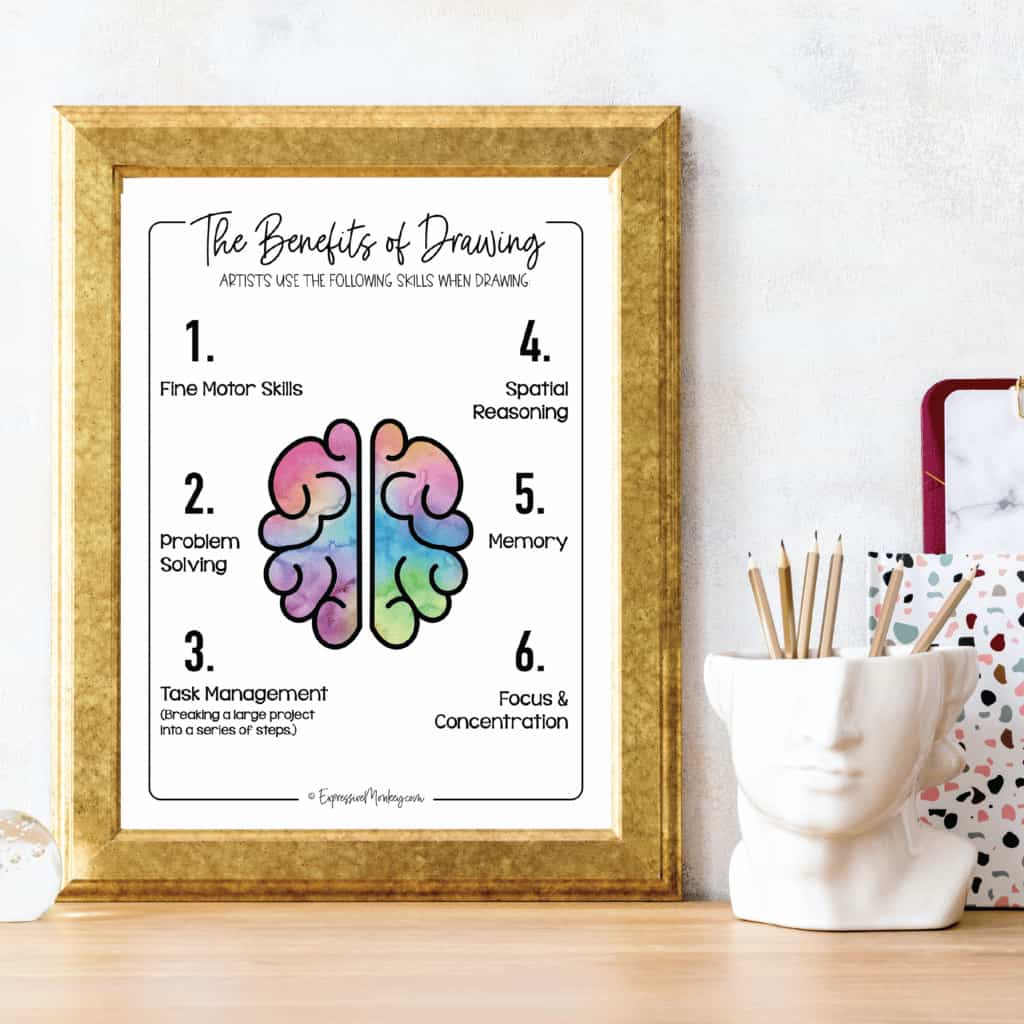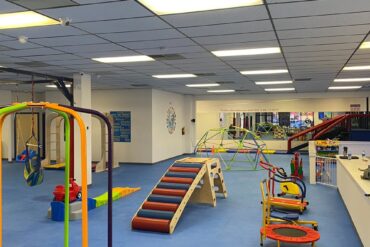The Joyful Benefits of Drawing for Your Little Ones: A Parent’s Guide
Hello there, wonderful parents! Are you ready to dive into the colorful world of crayons and creativity? Drawing isn’t just a delightful pastime for your kids; it’s a fantastic gateway to a myriad of developmental advantages. Let’s explore how strokes and scribbles can translate into a bouquet of skills for your little ones!
Why Encourage Drawing?
Drawing is more than just a way to fill a rainy afternoon. It’s a form of self-expression, a developmental powerhouse, and a creator of opportunities for bonding. When children pick up a pencil, crayon, or marker, they are setting the stage for a well-rounded development that incorporates cognitive, motor, and emotional skills. So, let’s unravel the magic woven by the simple act of drawing.
Cognitive Benefits
When your child’s hands move across the paper, their brain is abuzz with activity. Drawing involves perception, reasoning, and even decision-making. Here’s how drawing benefits cognitive development:
- Enhances Creativity: By imagining scenarios and bringing them to life on paper, kids open the doors to creative thinking that can benefit problem-solving and innovation later in life.
- Boosts Learning: Concepts like size, shape, and spatial awareness are better understood when they are drawn out. Visual learning through art can help embed these lessons deep into your child’s psyche.
- Improves Concentration: Holding a pencil and focusing on a drawing can enhance a child’s attention span, also aiding in better concentration during academic endeavors.
Motor Skills Development
Drawing isn’t just a brain exercise; it gets those little hands moving! Development of fine motor skills is a critical part of early childhood, and grasping pencils, crayons, or brushes contributes significantly to this development. Here’s what drawing does for motor skill enhancement:
- Refines Hand-Eye Coordination: As children plot their course on paper, they are constantly watching and guiding their hand movements, which heightens hand-eye coordination.
- Strengthens Finger and Hand Muscles: Regular doodling and detailed drawing works out the small muscles in a child’s hand—preparing them for tasks like writing and typing later on.
- Develops Grip and Control: Holding drawing instruments correctly lays the groundwork for a proper writing grip, ensuring your child has the control they need for legible handwriting.
Social and Emotional Growth
Art is often seen as a mirror to the soul, and for kids, that reflection can help build essential emotional and social skills. Whether it’s through shared drawing sessions or individual reflection, children derive some profound benefits:
- Promotes Emotional Intelligence: Drawing allows children to express their feelings in a healthy, constructive way, promoting empathy and understanding in the process.
- Encourages Communication: Often, children can communicate their thoughts and ideas more easily through images before they can articulate them with words, making drawing a vital communication tool.
- Builds Confidence: As children hone their drawing skills and receive positive reinforcement, their confidence blooms—cultivating a healthy sense of self-esteem.
Tips to Foster Drawing at Home
Now that you’re familiar with the benefits, you’re probably eager to encourage your child’s inner Picasso! Here’s some practical advice to create an environment that’s conducive to drawing:
- Provide a variety of drawing materials like crayons, pencils, markers, and paper of different sizes and textures.
- Create a dedicated ‘art corner’ to give your child a personal space for creativity to flow.
- Show interest in your child’s artwork; ask them to tell you the story behind their creations.
- Resist the urge to direct their artwork; let them enjoy the freedom of expression.
- Combine drawing with other educational activities to enhance learning experiences.
Encouraging your child to draw is one of the many joys of parenting. By recognizing the developmental benefits and actively supporting your child’s artistic explorations, you pave the way for a richly rewarding journey. Who knows—today’s doodles might just be the first stroke of genius in your child’s amazing future!

Unleashing Creativity: Drawing’s Incredible Influence on Child Development
Welcome, parents, to a whimsical exploration of how drawing shapes your child’s world! Ready your heart for bursts of joy as we delve into the vivid benefits of encouraging your little one to create art.
The Marvels of Drawing for Development
Drawing opens up a spectrum of developmental treasures, from cognitive leaps to emotional resilience. Let’s sketch out the portrait of these benefits, shall we?
Fostering Cognitive Greatness
Did you know each scribble enhances your child’s intellectual prowess? Indeed! Behold how imagination and logic dance together on paper, forging a more brilliant mind.
Motor Skills Masterpiece
Behold the ballet of tiny fingers twirling pencils and crayons! Such artistry is more than mere play; it is the very gymnasium where dexterity and coordination are trained.
Emotional and Social Sketchbook
Every drawn line narrates a story of your child’s heart. What might seem like simple playtime is, in truth, a grand stage for personal growth and connection with others.
Parents’ Palette: 5 Things to Prepare for Drawing Advantages
To fully harness these artistic advantages, here are five essentials for setting the stage:
- Stock up on Supplies: Create a treasure trove of art supplies that caters to different artistic whimsies – from wide paper sheets to an array of crayons and markers.
- Set Up a Creativity Nook: Carve out a cozy corner dedicated to artistic adventures where inspiration is free to flow and masterpieces can bloom.
- Embrace Artistic Mess: Welcome the splashes and spills as part of the process. It’s through this beautiful chaos that artistic wisdom flourishes.
- Encourage Artful Narratives: Engage with your child’s artwork. Prompt them to tell tales of their drawings, hence nurturing their narrative abilities.
- Weave Drawing into Daily Life: Allow art to naturally be part of your child’s everyday, blending drawing with learning, playing, and family bonding times.
The Art of Encouragement
Raise the brushes and let the colors fly! Your role in fostering a love for art is like the warm sun coaxing a flower to blossom. Celebrate each stroke, each splash, and watch as your child’s creativity, confidence, and capabilities unfurl like petals to the sky.
See more great Things to Do with Kids in New Zealand here. For more information see here
Disclaimer
The articles available via our website provide general information only and we strongly urge readers to exercise caution and conduct their own thorough research and fact-checking. The information presented should not be taken as absolute truth, and, to the maximum extent permitted by law, we will not be held liable for any inaccuracies or errors in the content. It is essential for individuals to independently verify and validate the information before making any decisions or taking any actions based on the articles.




